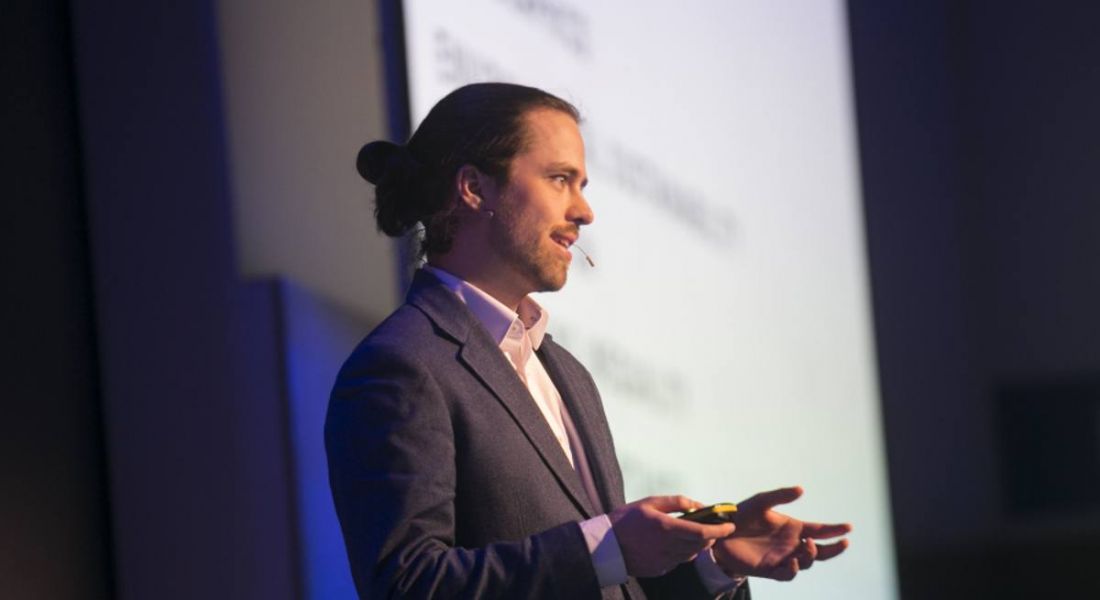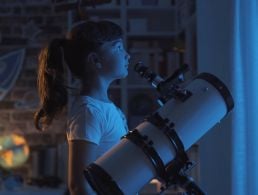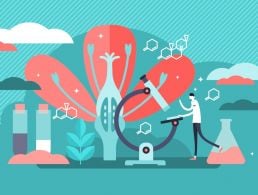Researchers are using machine learning to predict the impact that automation will have on occupations in the future. TechWatch editor Emily McDaid reports.
Jonathan Downing, originally from Lurgan, is a researcher at the University of Oxford and is in his final year of a doctor of philosophy in machine learning.
His research foretells the story of automation and its impact on jobs across our economy.
In 2013, Oxford professor Michael Osborne wrote a report with Dr Carl Frey predicting the future of employment in 2050, and it became a seminal paper on automation. It famously said that 47pc of US occupations would be automated by 2050.
Now, Downing is focusing specifically on future demand. He tells me that people will need to be creative, lifelong learners in the economy of the future.
“Technological change is one of the drivers to changing employment. Some other drivers are globalisation, demographics, rising inequality, environmental sustainability and political inequality,” Downing said.
His work with Nesta and Pearson has been adopted as a guiding document for their future educational policy.
What does the new report entail?
Downing explained: “We studied 1,000 different occupations in the US and UK to find out the future skills needed for those economies.
“It’s founded on the knowledge of experts from many different industries who attended workshop sessions in Boston and London. They answered questions on 30 occupations – do you think this occupation will increase in demand or decrease?
“We used machine learning to dig in deeper into the data, finding patterns and identifying some of the top and bottom skills.”
What are some of the most interesting findings?
The headline finding was that 21pc of jobs in the UK are thought to have lower demand in the future, 8pc will have higher demand and about 70pc are uncertain.
“We found that food preparation and hospitality jobs, which include chefs and cooks, will increase in the future – these require a high degree of creativity,” said Downing.
“There’s something called ‘skills complementarity’ – for a current occupation, what skills do we invest that most improve the future demand for that occupation?” he explained.
People need to get accustomed to reskilling
“One example is the administrative occupations, which may be automatable. These jobs require oral expression and oral analysis. Complementary skills could be judgement and decision-making, and the application of scientific rules,” said Downing.
While a secretarial role may be at risk of automation, the people doing that job are known to have strong fluency of ideas (the skill of trying to create as many ideas as quickly as possible).
Future professions we don’t yet have
Downing said: “We looked at 120 different skills. We were able to search for different occupations that aren’t in existence currently. These were conceptualised jobs.”
The Oxford researchers found two new hypothetical occupations with high demand. The highest-valued skills in these new jobs are:
- Job one: Originality, fine arts – explained as a trait that’s associated highly with artists, very abstract thinking, design, visualisation and fluency of ideas
- Job two: Active learning, fluency of ideas, originality, judgement and decision-making, oral expression
Putting aside the fear of robots
Downing gave an example of a cleaner looking for dust on floors, couches and furniture. He said human-in-the-loop technology is in its infancy.
“It’s incredibly hard to automate that. Each new environment has new objects with different dynamics and rules. This is where robots struggle. As a cleaner, the ability to understand, interact and adapt to the environment is key. Currently, a robot wouldn’t understand or learn that tilting a glass full of water would spill the water.”
He pointed out: “Most robots are on assembly lines in structured environments. Take them to a slightly different environment and they have to be reprogrammed – robots like these are brittle.”
How is the technology industry changing?
“In the modern world, we’re bombarded with new types of data. If you’re creating a product, you need to have these skills that allow you to stand out from the crowd,” Downing said.
With design, you might be creating products that are very people-facing – that requires the need to quickly interact and convey information accurately.
“If you were creating an app, how is it unique amongst millions of apps?” he asked.
Shifting roles in the tech sector
Downing said: “It’s interesting to look at the changing proportion of software engineers to UX designers – IBM used to have one design job to 72 software engineering occupations in 2012.
“Now, this ratio is down to 1:8 – and some tech companies want to bring that down to 1:3.”
By Emily McDaid, editor, TechWatch
A version of this article originally appeared on TechWatch




